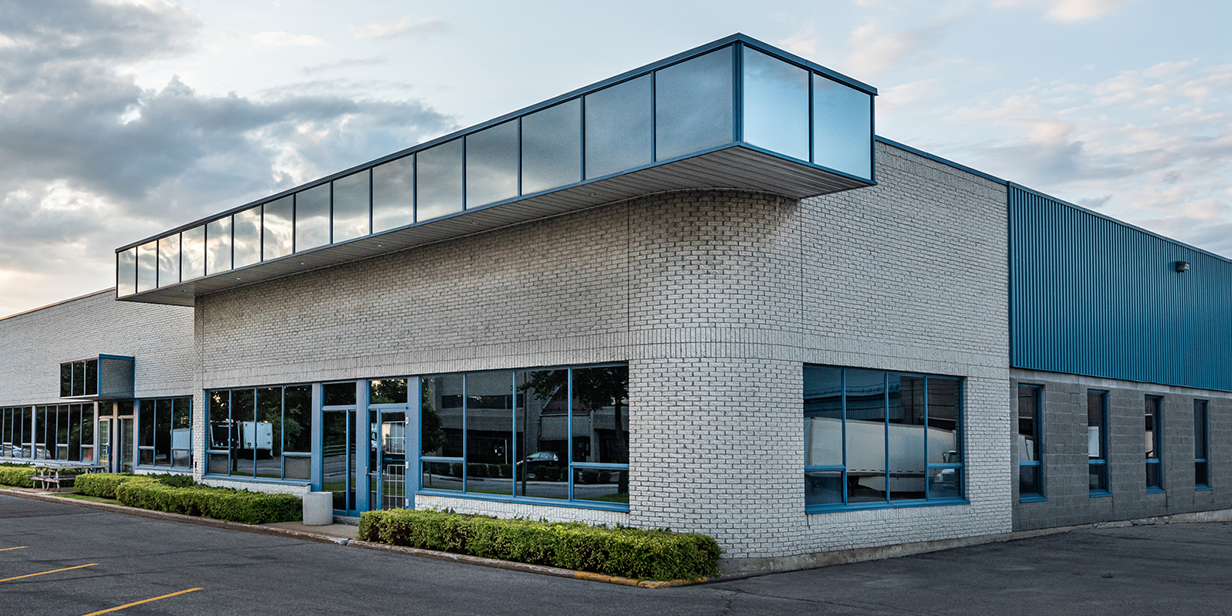Hidden risks in idle and repurposed buildings
In the rhythm of daily operations, buildings often receive the attention they need – routine maintenance is performed, systems are monitored, and risks are quickly addressed. But what happens when that rhythm stops?

Whether a building is temporarily shuttered, partially idle, or awaiting a new purpose, the risks don’t disappear – they simply become harder to see. Without regular activity, small issues like a slow leak, a disabled fire system or unsecured access points can quietly escalate into major losses. Overlooking idle or transitioning properties can lead to costly consequences from structural damage and mold growth to fire hazards and security breaches.
This is a critical reality for property owners, managers and other parties responsible for facility oversight: buildings demand active care and vigilance even when not in use.
Vacant and idle buildingsWhen buildings are shuttered, or even partially shutdown, it opens these properties to increased risk of property losses. Small issues may go unnoticed over a period of time, developing into bigger losses. A minor roof leak unnoticed for weeks can evolve into structural collapse during the next storm. Vacant buildings are also more prone to criminal activities, such as trespassing, theft, and vandalism.
Compounding these challenges is the fact that many utilities and protection systems are often shut down. However, these short-term savings can lead to long-term damage. Frozen pipes can burst, humidity can breed mold, and if fire protection systems are offline a single spark could ignite a blaze that spreads unchallenged throughout the structure.
While idle buildings present challenges, there are simple solutions to reduce losses or minimize their impact.
- Keep fire protection and detection systems online and well maintained to respond to any fire event.
- Continue a robust maintenance program for all building utilities, equipment, and for the building itself.
- Remove any unnecessary combustibles from inside, or adjacent to the structure.
- Keep vegetation trimmed.
- Monitor all hot work operations and utilize a hot work permit system to prevent any hot work fires.
- Notify and preplan with local fire services to address any issues, such as gaining access to the building.
- Ensure the building is locked and secured. Maintain proper lighting inside and around the building.
- Maintain building security systems and consider the installation of security cameras.
- Set the building’s heat to no less than 40°F and maintain HVAC in areas prone to humidity.
Building conversions
Conversion and construction projects can introduce new, unintended consequences by introducing combustible construction and finishes, combustible concealed spaces, or new processes or equipment, all which put the building at greater risk.
As an example, let’s review the latest trend with shopping malls, which now sit mostly vacant as consumer habits shift toward online shopping. In response, many of these structures are being repurposed into schools, offices, self-storage facilities, residential spaces, or other entertainment venues.
What appears to be a simple conversion may inadvertently introduce additional risks to these facilities.
- Splitting a formerly wide-open floor plan into compartmented living spaces could introduce combustible concealed spaces throughout the building.
- Spaces for additional plumbing, electrical, and other building services could become a path for flames and smoke to spread throughout.
- Plastic façade to update the mall’s appearance or decorative wall paneling within the outdating building, could be constructed of mainly plastic and other combustible materials.
- If the mall’s new purpose will be warehousing or storage, the additional weight introduced might be too much for the aging structure.
To effectively manage these risks, a formal change management program is essential prior to any conversion. Recommended activities to be outlined in this program include:
- Expert review of construction materials, methods and occupancy changes.
- Oversight of hazards during the construction phase.
- Reduction of impact if new hazards are unavoidable.
- Ensure proper loss control methods are implemented.
- Supervision of combustible waste cleanup at the end of each day.
- Implementation of a hot work permit system.
- Manage all impairments to fire protection systems.
In both idle and repurposed buildings, risks may not always be obvious but they are very real. Whether a property is temporarily shuttered or undergoing a major transformation, complacency can lead to costly and avoidable losses.
To mitigate these exposures, property owners and managers must adopt a proactive risk management strategy. Maintaining essential systems, securing the premises, and implementing a robust change management program are essential for resilience and property loss prevention. In a world where change is constant, staying ahead of risk is not just smart—it’s necessary.
Additional resources:
Available in the FM Resource Catalog:
- Understanding the Hazard: Idle, vacation or strikebound facilities
- Understanding the Hazard: Combustible concealed construction
- Understanding the Hazard: Construction projects
- Understanding the Hazard: Plastics in construction
- Understanding the Hazard: Contractor management
- Understanding the Hazard: Liquid damage
- Understanding the Hazard: Alteration, demolition, and construction operations
- Understanding the Hazard: Lack of pre-incident planning
- Understanding the Hazard: Hot work
- Don’t get burned by hot work
- Managing fire protection system impairment
